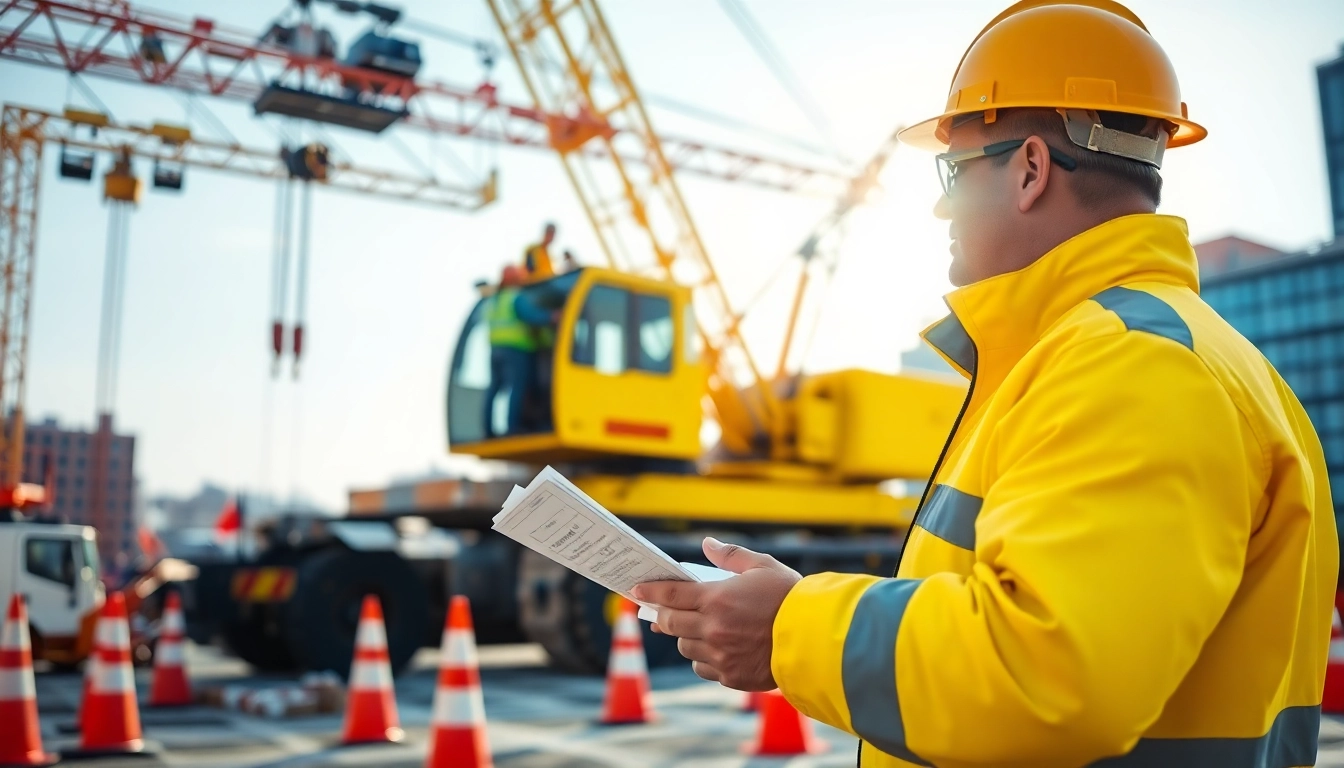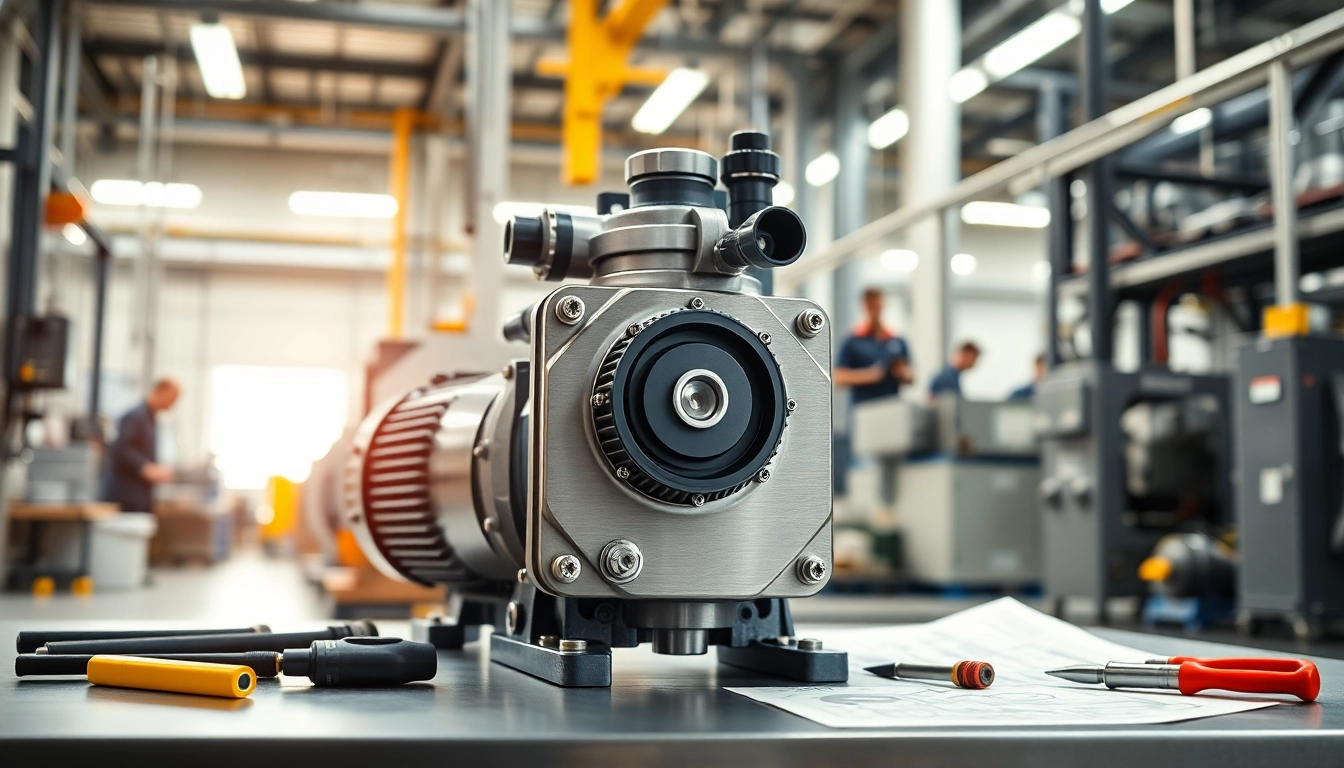Understanding the Importance of Piping Stress Analysis
Piping systems are integral to various industries such as oil and gas, chemical manufacturing, and power generation. The performance and integrity of these systems are pivotal for operational safety and efficiency. A piping stress analysis company specializes in evaluating these systems to ensure they can withstand the pressures and forces exerted during operation. This article delves into what piping stress analysis is, its benefits, its applications, and how to choose the right company for your needs.
What is Piping Stress Analysis?
Piping stress analysis is a systematic evaluation of the physical stresses experienced by piping systems. It identifies how external and internal loads, such as seismic activity, thermal expansion, fluid pressure, and gravitational forces, affect a piping structure. By employing sophisticated analysis techniques, engineers assess the structural integrity of pipes and supports to prevent failures that could result in hazardous leaks or catastrophic explosions.
Key Benefits of Rigorous Stress Analysis
The assessment conducted through piping stress analysis is crucial for multiple reasons:
- Enhanced Safety: By identifying potential failure points, stress analysis minimizes risks associated with pipe failures, thus protecting personnel and the environment.
- Cost Efficiency: Early identification of design flaws helps avoid costly repairs or replacements in the long run.
- Regulatory Compliance: Many industries are bound by regulations that require adherence to specific safety standards. Piping stress analysis ensures compliance with such regulations.
- Optimized Design: This analysis provides critical feedback for optimizing the design and layout of piping systems, which can enhance fluid flow and reduce operational costs.
Common Industry Applications and Standards
Piping stress analysis is applicable in various sectors including:
- Oil and Gas: To ensure the safe transportation of fluids through complex pipeline systems.
- Chemical Manufacturing: To monitor and maintain the reliability of critical chemical processes that can operate under extreme conditions.
- Power Generation: To evaluate the stress on piping systems connected to cooling and heat exchange equipment.
Furthermore, industry standards such as ASME B31.1 and ASME B31.3 provide guidelines for conducting piping stress analysis, ensuring that organizations follow best practices.
Choosing the Right Piping Stress Analysis Company
Selecting an expert company for piping stress analysis can significantly impact the success of your project. Here are essential factors to consider:
Key Qualities to Look for in a Service Provider
When searching for a suitable piping stress analysis company, consider the following qualities:
- Expertise and Certification: Ensure the team has the necessary qualifications and experience in the field, ideally with certifications from recognized engineering organizations.
- Technological Proficiency: The use of advanced software tools such as CAESAR II can enhance analysis accuracy and efficiency.
- Comprehensive Services: Opt for companies that offer a full range of services, from initial assessment to ongoing support and maintenance.
Evaluating Experience and Expertise
Experience in conducting stress analysis across various industries is vital. Look for a company that has successfully completed projects similar to yours. Client testimonials and case studies can provide insight into their problem-solving capabilities and the effectiveness of their solutions.
How to Compare Service Packages Effectively
When comparing packages from different companies, pay attention to:
- Deliverables: Examine what reports, assessments, or other outputs the company provides.
- Cost Structure: Ensure transparency in pricing and understand what is included in the quoted cost.
- Timeline: Consider the availability and proposed timeline of completing the analysis, as delays can affect project schedules.
The Process of Piping Stress Analysis Explained
The execution of piping stress analysis involves several structured stages:
Initial Assessment and Planning
The initial phase includes gathering data about the piping system and its operational environment. Engineers collect details regarding material specifications, expected temperatures, pressure readings, and existing design documents. This groundwork lays the foundation for a comprehensive analysis.
Utilizing Software Tools like CAESAR II
Modern piping stress analysis often relies on software like CAESAR II, which allows engineers to simulate various stress conditions. The software models the piping system and applies expected loads, providing valuable insights into stress points, flexibility, and overall system behavior.
Interpreting Results and Recommendations
After the analysis is completed, the results must be carefully interpreted. Engineers prepare detailed reports that summarize findings, including potential risks and recommended remedial actions. These recommendations may include adjustments in pipe routing, materials, or support structures to enhance system integrity.
Case Studies: Successful Piping Stress Analysis Projects
Examining real-world applications of piping stress analysis reveals its importance in addressing complex challenges:
Standard Industry Implementations
Many organizations have successfully implemented piping stress analysis in their operations. For example, an oil company faced issues with pipe failures due to thermal expansion during hot operations. By engaging a specialized analysis company, they could identify critical points along the pipeline where additional supports were necessary. Post-implementation, the incidents of pipe failure significantly reduced.
Innovative Approaches to Complex Challenges
In a notable project within the chemical industry, a plant utilized advanced modeling techniques to predict stress in pipes exposed to fluctuating internal pressures. The analysis led to the adoption of reinforced materials at high-stress points, which enhanced the system’s durability against corrosion and pressure changes.
Lessons Learned and Best Practices
Through various projects, companies have learned that establishing clear communication with engineers during the analysis process is crucial. Additionally, integrating piping stress analysis into the design phase can lead to better outcomes, preventing costly mid-project adjustments.
Future Trends in Piping Stress Analysis
As technology and regulations evolve, so do the practices surrounding piping stress analysis. Here are some emerging trends to watch for:
Advancements in Technology and Software
The future of piping stress analysis is closely tied to technological advancements. New software tools are being developed that offer improved modeling capabilities and predictive analytics. These enhancements will lead to more accurate assessments and quicker turnaround times for analysis reports.
Shifts in Regulatory Standards
Regulatory bodies consistently update standards to address advancements in engineering practices and safety requirements. Staying informed about changes is essential for companies to maintain compliance and ensure the safety and reliability of their piping systems.
Emerging Trends in Engineering Practices
There is a growing trend towards integrating sustainability into engineering practices, including piping stress analysis. This involves considerations such as energy efficiency, material sourcing, and waste reduction. Companies specializing in piping stress analysis are increasingly expected to provide solutions that align with sustainability goals.















Leave a Reply